photo-kno-it-all
TPF Noob!
- Joined
- Sep 25, 2006
- Messages
- 2
- Reaction score
- 0
HI, my name is Allison, and I'm brand new to this forum. I currently work at a small professional photography studio as the sole Photo Editor and Digital Album designer. I myself am not employed as a photographer as I am more interested in stock photography and commercial photography, and the company I work for deals mainly in weddings and portraiture. I am having a bit of a disagreement with our lead photographer though, and I need a third-party opinion. Our lead photographer uses a Fuji S3 Pro 12 megapizel camera. She bought the "fuji approved" flash, and the "fuji approved" cord that connects the flash to the camera. I believe the place she purchased these items from told her that with those accesories, she would never have to meter again, and that she could just set her camera to "Auto" and shoot away. Well, following their advice, for the past couple years, the photographer has shot on "auto" and most of the time her photos come out pretty good, not great, but pretty good. There are a lot of problems with overexposure in certain situations, and underexposure in others, severe enough that they cannot be repaired in photoshop. Most images also come out with very little depth, it seems that the flash overpowers any good natural lighting there may be. I have expressed my opinion that the pictures come out far from the potential quality they could have because she shoots on "auto". She has pretty much told me that I dont know what I'm talking about, considering I'm not even a photographer, she's the professional afterall. Can someone please give me their input on this matter, preferrably a professional who also deals in portrait photography. This for one would make my job easier, and make the customers happier



![[No title]](/data/xfmg/thumbnail/33/33490-cbbf9df0a1c31291ee7a3759afe943cc.jpg?1619736003)
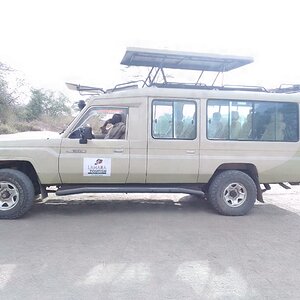
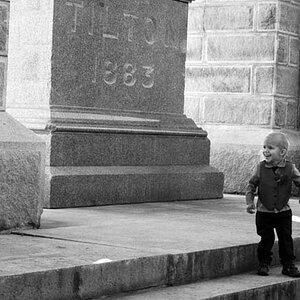
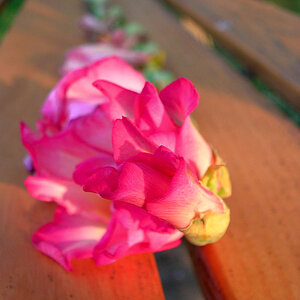
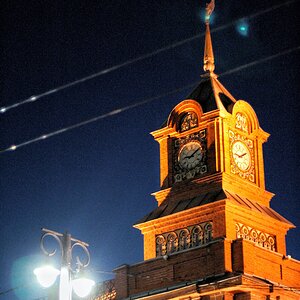
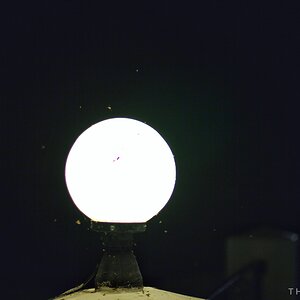
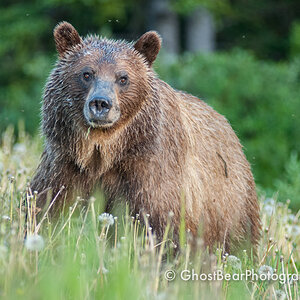
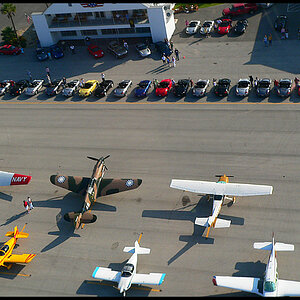
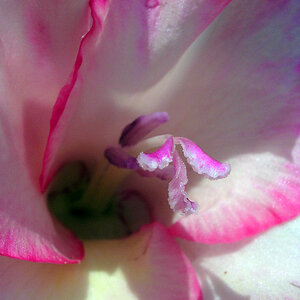
![[No title]](/data/xfmg/thumbnail/31/31746-12607d714ca2713b95250821c881aea9.jpg?1619734987)